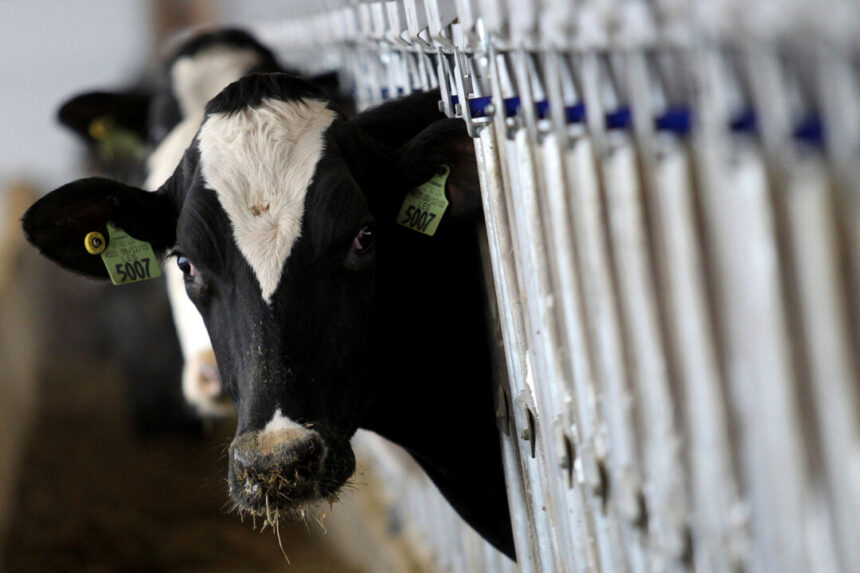Field investigations have revealed potential transmission factors related to the highly pathogenic avian influenza (HPAI). According to the U.S. Department of Agriculture (USDA), the spread of HPAI is likely attributed to individuals working on multiple farms, sharing equipment, and using shared vehicles.
Farmers who reported cases of HPAI in their cattle mentioned using shared trucks or trailers within 30 days of the cows showing signs of influenza. Additionally, a significant percentage of farmers did not clean shared equipment before using it.
Furthermore, surveys indicated that a considerable number of dairy farm workers also have jobs at other farms, family members working on different farms, or visited other farms within 30 days of cows showing symptoms. A detailed investigation in Michigan found evidence suggesting that H5N1 was introduced into the state from animals outside the region, with connections between farm workers, shared vehicles, and frequent visitors like veterinarians and milk haulers.
The USDA emphasized the indirect links between affected dairy premises and between dairy and poultry premises through shared people, vehicles, and equipment. Enhanced biosecurity measures are crucial to prevent the spread of H5N1 among dairies, domestic poultry, and wildlife.
Recommendations include avoiding cattle movement if possible, limiting farm visitors, thorough cleaning and disinfection of vehicles and equipment, and ensuring workers use protective gear. HPAI cases in cattle have been confirmed in multiple states, with a few human cases reported among dairy farm workers.
The CDC stresses the importance of monitoring cases and preventing further spread to safeguard against potential virus evolution. Maintaining vigilance can help mitigate risks associated with H5N1 transmission to humans and prevent any potential changes in the virus.
According to survey results, farms with H5N1 cases in cattle have observed abnormal lactation, with cows producing thickened or clotted milk. The mortality rate among affected herds is relatively low, with a higher number of cattle being culled compared to deaths recorded. Please rewrite this sentence for me.
Source link





